In previous emails and on my podcast, I have shared with you my 6 step framework to relieve sciatica pain.
- Establish a goal.
- Establish a baseline.
- What activities, positions, stretches, or exercises make you feel better? Do more of them.
- Activities, positions, stretches, or exercises make your pain worse? Do less of them.
- Take note of your behaviors.
- Go back to living your life.
This simple framework is a way to breakdown a process that can fast track to your relief. This is another way to help find the cause of your pain so that you can avoid this situation in the future.
But what if you are following this framework and there is still not much improvement? This brings up the question: “Is the pain related to movement, position, or both?”. Asking this question can take recovery one step further.
Movement related pain: If you have no pain at rest, but the moment you move in a specific direction your pain comes on. I see this pretty often in the clinic. Clients will come and see me with no pain when they are sitting next to me, but the moment they stand up (the act of standing up) or change position, they are wincing in pain. This scenario can indicate a movement dysfunction. Another set of words would include instability and lack of coordination. In this scenario, stretches can be helpful, but exercises to increase strength and recruitment of the core is key to success. An example would be something like this bracing video.
Position related pain: If you feel better with movement, but note that being in certain positions don’t feel very good, the pain may be related to position. This could be due to a tight muscle, this could also due to inefficient posture. I said “inefficient posture” because of the fact that there is no true agreed upon perfect posture, and with the differences in anatomy this becomes even more difficult. But in this scenario, we need to look at what structures are tight and why. Rolling out tight hamstrings may bring out some relief, however, we need to figure out why were they tight in the first place.
Movement and position related pain, aka “both” are in fact a combination of the two above. This is probably the more common presentations in which people would benefit from a combination of both stretching and strengthening of the body to maximize movement. Often times, tightness and weakness can be a cause or result of the pain. The great news is that if you address both and REASSESS how you feel as a result, you will have more information to guide the next steps. I’m a huge fan of the following sequence: find a comfortable position/exercise and then recreate environments in which this can be reproduced. It can be something as simple as changing up how a squat can be done, as seen in this video.
You can certainly try to figure this out on your own. Which is why I have been sending these emails out on a daily basis. You can also try out the entire self guided Sciatica course that I built specifically for you here.
If you want a little more accountability and customization, our Sciatica Protocol can help provide that for you in a convenient way. No downloads, no waiting in line.
But if you want to get there in the fastest way possible, we can work together. I only have a few spots available. If you want to meet and talk about a plan of action for you, book your free strategy call here.

